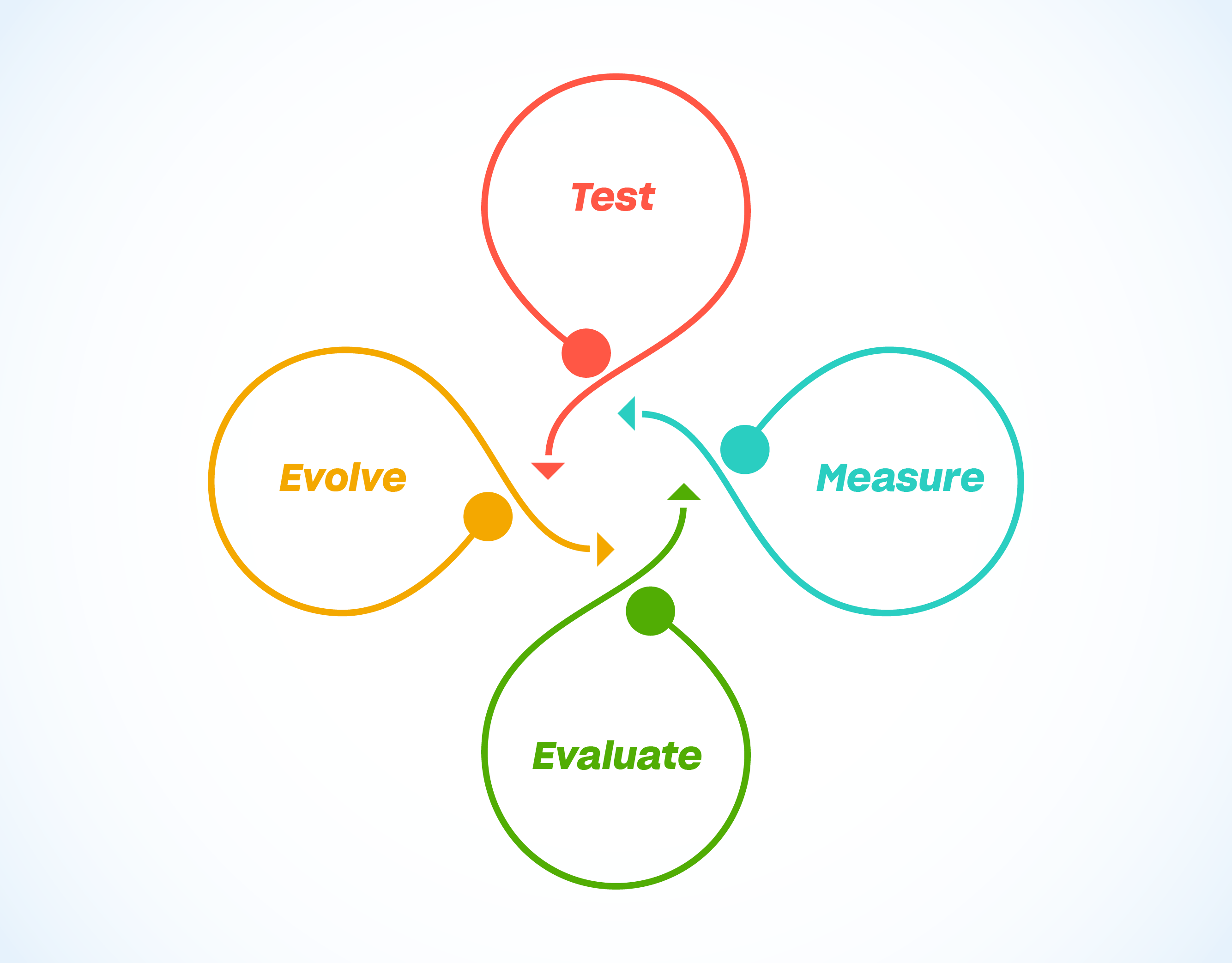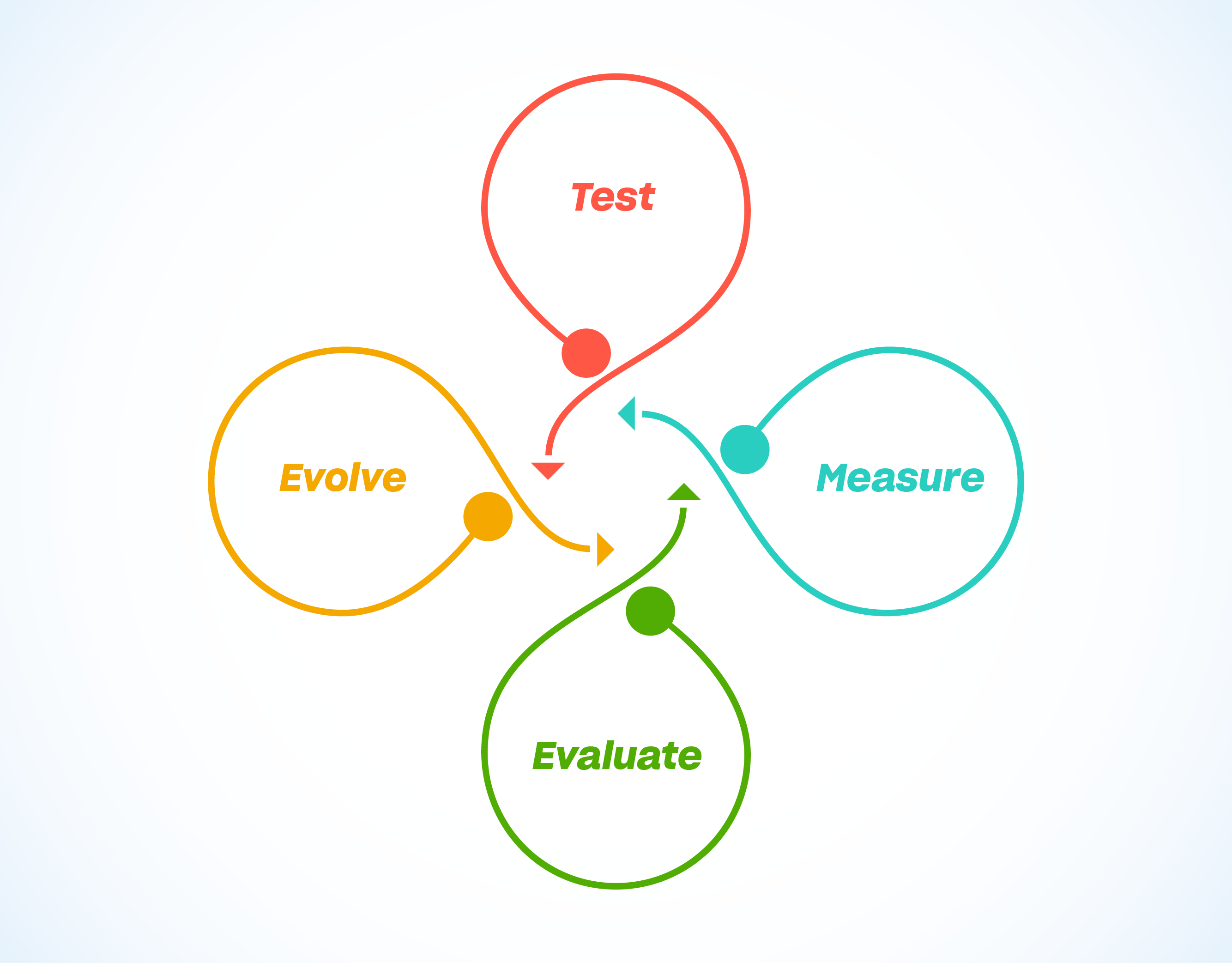Jan 11, 2021 11:35:28 AM |

I’m sure you’ve heard a lot about customer experience (CX). Everyone from top executives at major companies like Comcast to leading publications like Forbes and Harvard Business Review have talked about, written about, and implemented CX strategies over the past few years.
I worked in the CX space for more than six years, helping clients like Nike, Hertz, and Tiffany & Co. build and manage these programs. And while there are certainly differences between those businesses and the accounting firms I work with at Suralink, when it comes to CX, the principles are the same. Every company—from Fortune 500 retailers to sole accounting practitioners—should build a strong culture of CX into their business.
While some firms are staying true to old school methods, many more firms are pushing hard toward prioritizing CX. They recognize the importance of CX, especially in an industry where competition is fierce and the ability to switch to another firm is easy.
In fact, as I’ve immersed myself in the accounting industry, I’ve seen some interesting patterns. While some firms are staying true to old school methods, many more firms than I anticipated are pushing hard toward prioritizing CX. They recognize the importance of CX, especially in an industry where competition is fierce and the ability to switch to another firm is easy. At the end of the day, audits are standardized, which means clients can get the same work done by any firm. What many firms have already figured out is that in a commoditized industry, those that choose CX as a differentiator are at a huge competitive advantage.
With that in mind, I wanted to share a few things I’ve learned from my time in the CX world and how those programs, attitudes, and initiatives can transfer to accounting firms.
Lesson #1 — It’s never too late to start
The first lesson I’ve learned is that everyone (and I mean EVERYONE) is still trying to figure out how to best differentiate through CX. It’s still a new concept and industry. Even the largest companies, who are seen as thought leaders are just trying to figure it out. The first takeaway, then, is that it’s never too late to start, because nobody is so far ahead that you can’t catch up
Lesson #2 — Being data-driven is critical
If everyone is still trying to figure out the key to unlocking the CX mystery, the companies who are making progress are doing so because they are data-driven. The CX leaders have found that the cycle of test > measure > evaluate > evolve > repeat leads to real results. (Results in this case being an improved customer experience with all the attendant benefits of increased revenue and decreased churn.) No company or firm gets CX right on the first try. The important thing to remember is to measure your results and rely on that data to guide your future efforts.

Lesson #3 — Technology should support CX
I’ve seen any number of companies buy a piece of software or send out a survey and call that CX. The trap here is that technology alone can support your CX efforts, but it cannot be the sum total of your CX efforts. Your people and employees are just as, if not more, critical to a positive customer experience. You can’t just rely on technology to out CX efforts that are deprioritized elsewhere. You must foster a culture of CX within your firm. Technology should be used to back up your other CX efforts, to make you more efficient, and to make you more focused on the customer.
Lesson #4 — Communication, as always, is key
One of the most impactful aspects of a CX program is communication—and this has held true for every company I’ve worked with. Clients want to feel heard and valued, and the best way to ensure they feel those things is to communicate with them. Using technology (like Suralink) can make this communication so much easier. For example, during an audit, it's really important that auditors provide clear communication to clients. To do this, auditors should be continuously and actively involved in the engagements. They should be logging in frequently and following up on requests as soon as they can. They should be reviewing documentation and responding to comments immediately. If there are follow ups, auditors should communicate them quickly so clients have ample time to provide that additional information before deadlines.
I don’t think it’s a secret that many firms’ clients find audits painful. But I’ve heard so much feedback from client users (clients of firms) who say that using Suralink has turned interacting with their auditor from something they dreaded into an interaction they actually enjoyed.
If I’ve learned anything working in the CX field, it’s that CX sets you apart. As more firms adopt modern technologies like Suralink, it will continue to be a differentiator. And those firms that evolve and adopt technology will continue to make insurmountable gains in customer experience—and business in general—over those firms who choose not to prioritize either.

Ryan Smith is the Director of Customer Success at Suralink. Before joining Suralink, Ryan worked at InMoment, a leading provider of customer experience (CX) software where he managed programs for some of the world’s largest companies, including Nike, Hertz, and Tiffany & Co.
Subscribe
Get out latest news and tactics that can help you and your business!
By clicking submit you agree to these terms and conditions.

